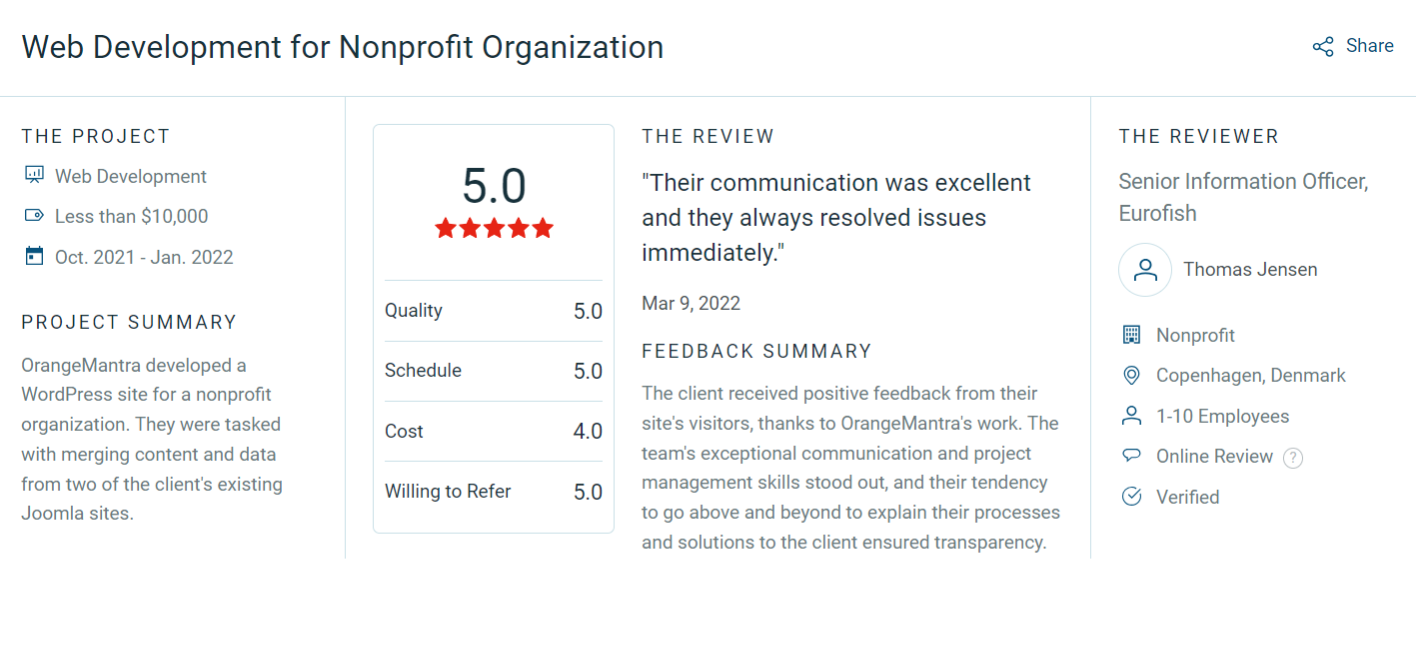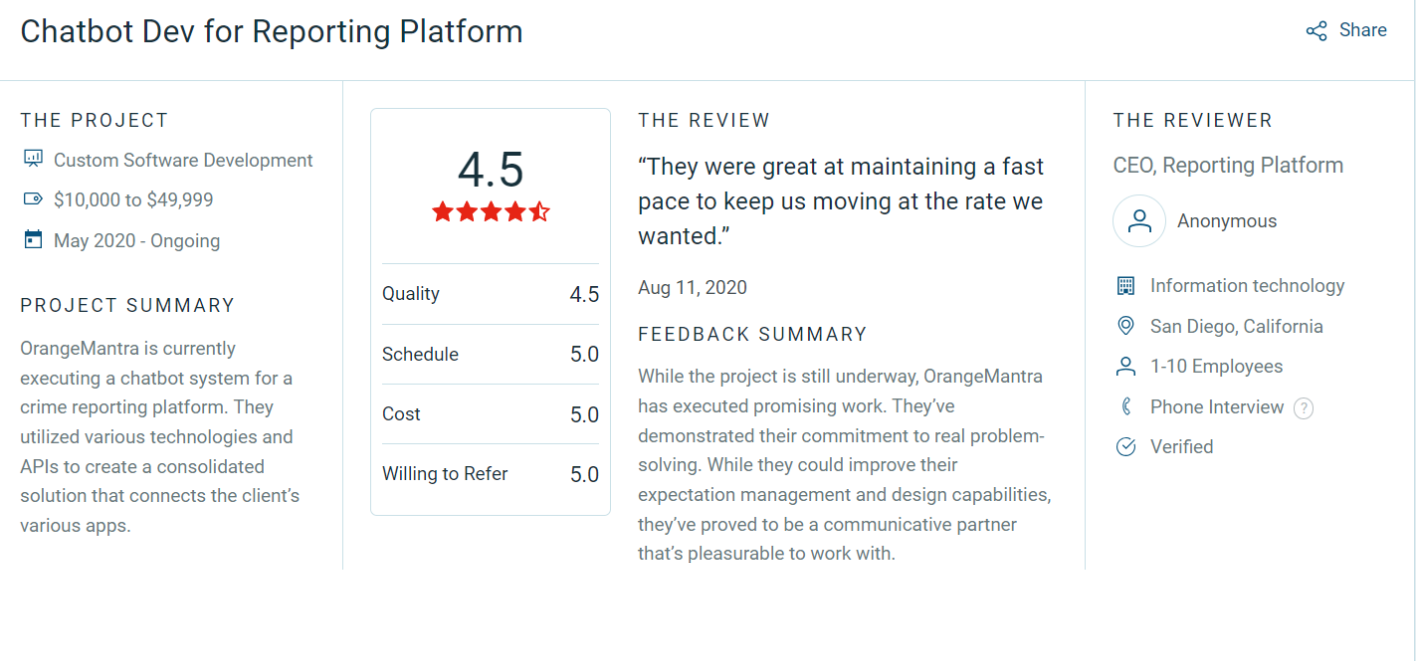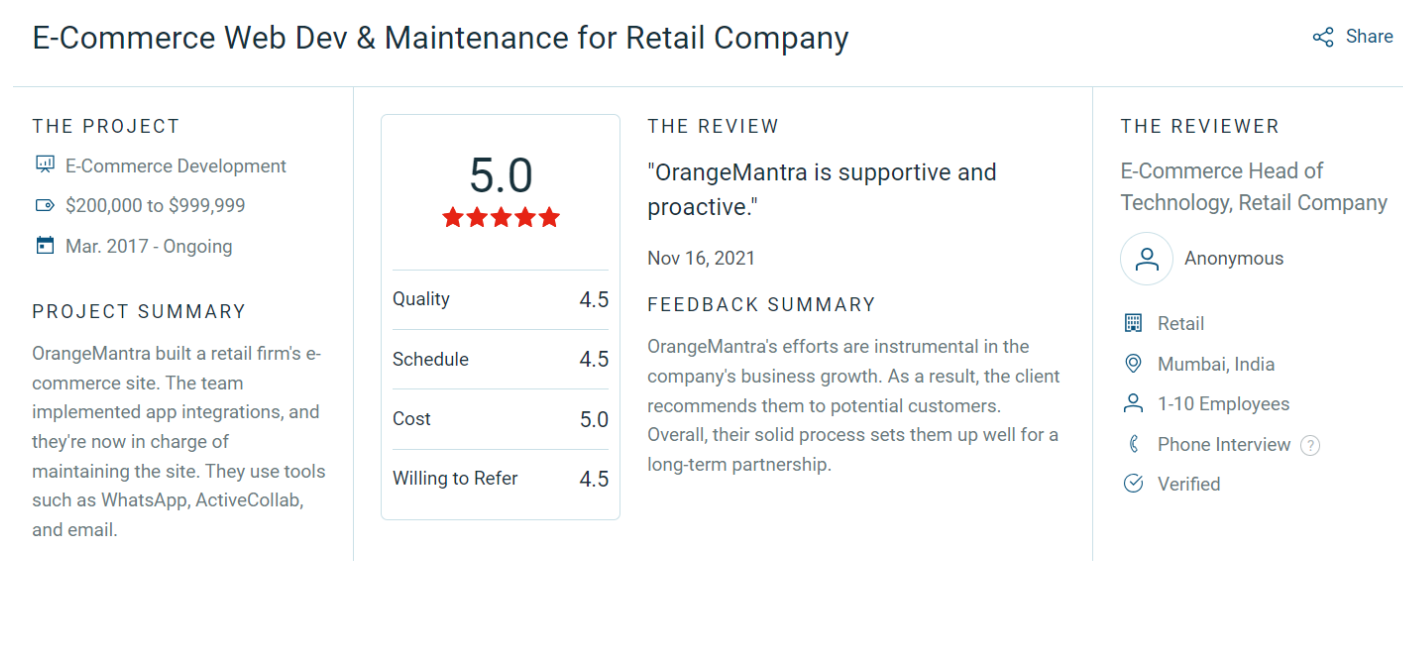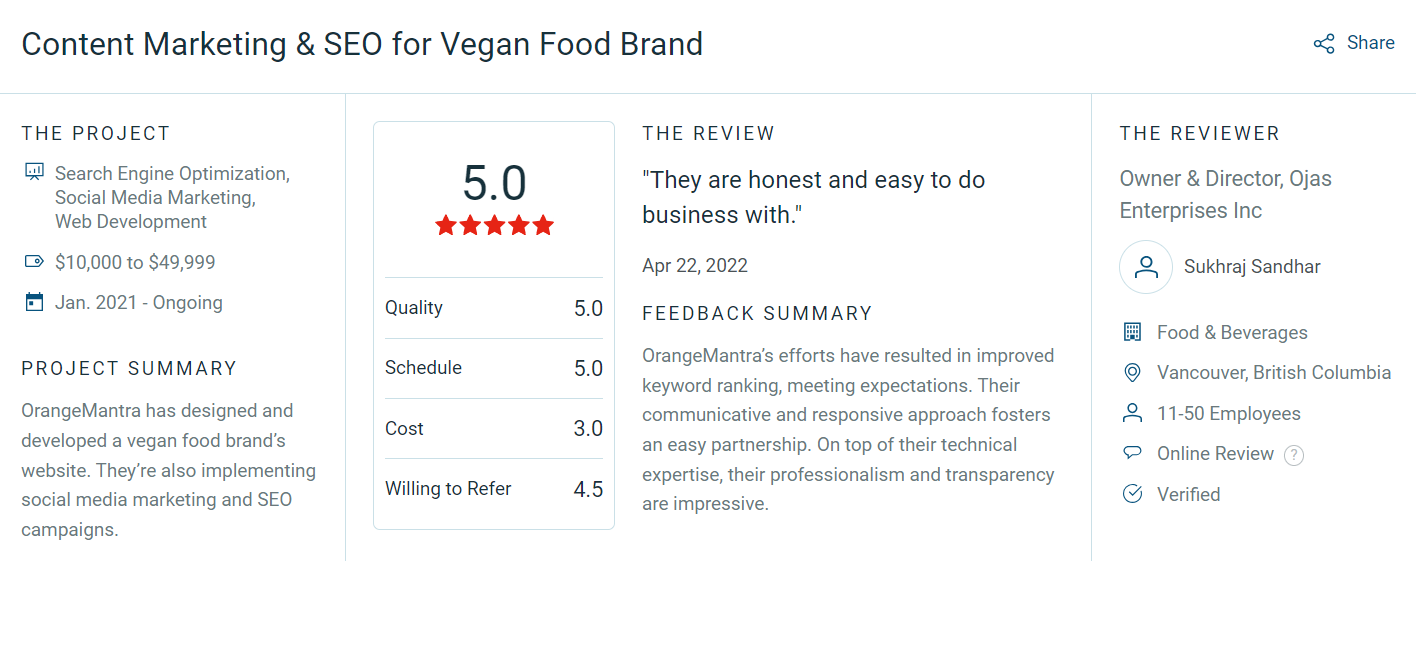Our client, Space Matrix, is one of the pioneers of smart workplace development and management. With offices in Singapore and the U.S., the company caters to India, Australia, and 80 other countries. The company approached OrangeMantra with a unique idea and focus to deliver sustainable and future-ready workplace solutions. The client wanted to create a mobile application that can enable users to interact with the smart workspace and manage desired actions.
Real Estate
AI/IoT/Emerging Tech , Mobile Apps
Our team developed Java, Swift, and PHP-based applications for web & mobile, having several user-driven modules that are interconnected and enable visitors, employees & managers to control different aspects of the office. The top features of applications include a meeting scheduler, employee & visitor access automation, parking access control automation, pantry services automation, desk & food booking, Indoor route finder, in-app communication & announcements, and many more.
The solution thrives on staggering real-time workspace data and allows users to leverage office commodities through a next-gen app solution. Besides, our team customized beacon & IoT integrated real-time data automation solutions to implement indoor path navigation, appliance controlling, parking & office access authentication for visitors, workspace services request launcher, and more. Also, the workspace data analytics solution generates valuable insights to help employers to find areas of improvement in office space.
Our team started with in-depth discussions with client team to understand their specific project needs and even suggested technology suite for app development.
Rapid prototype was developed to experience the user interface and functionality, making sure it aligns with the client expectations.
Rigorous testing was carried out for functionality, security, and performance optimization, resolving issues identified during the testing work.
Next phase involved slow rollout strategy to eliminate disruption and performance issues, allowing for real-time feedback and customization.
Creating an application solution that can interact with all the entities of a smart workplace—such as sensors, beacons, and smart devices—and allow users to perform desired actions required complex tech integration & planning. Our team of developers, designers, and digital experts must create a unique road map for tech integration and agile strategy for application development. Also, it was essential to create an IoT / Beacon-enabled & integrated application that can enable employees, managers, and other users personalized workspace feature access.
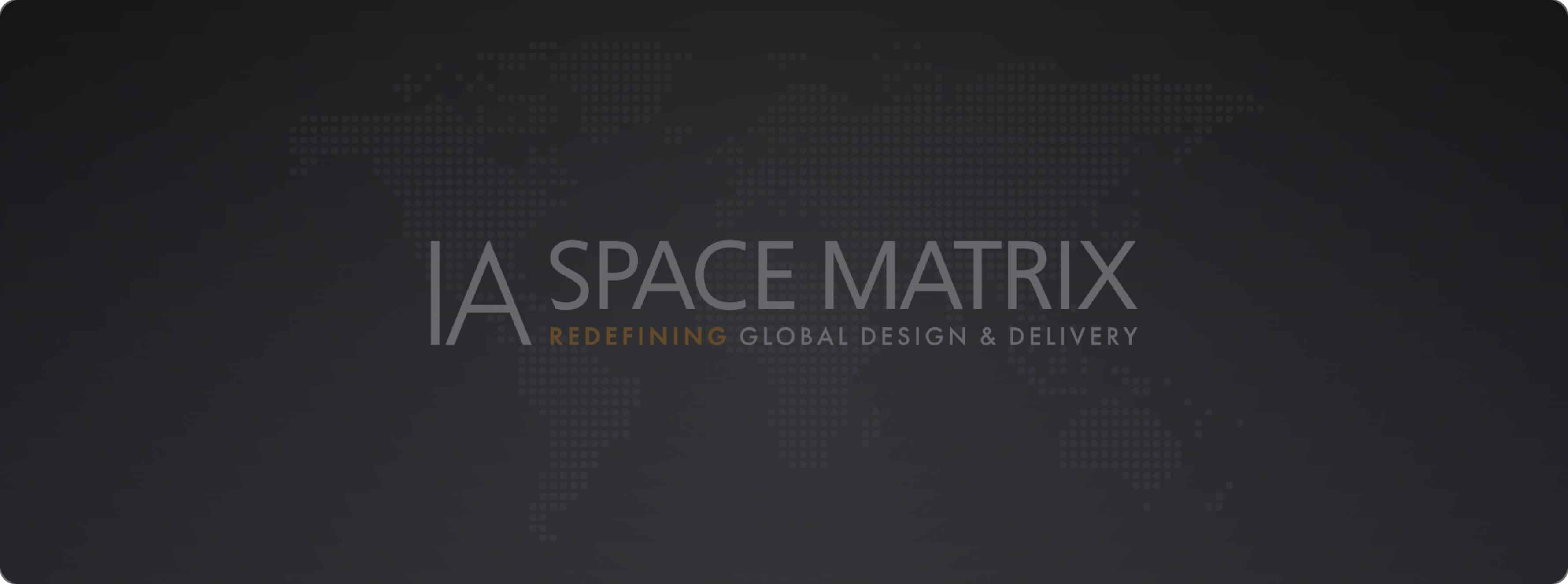
The existing office infrastructure was running on conventional systems, making it challenging to integrate IoT devices seamlessly.
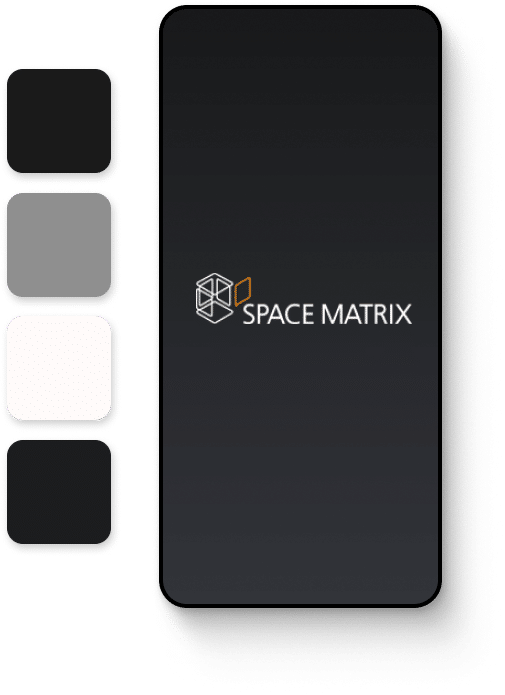
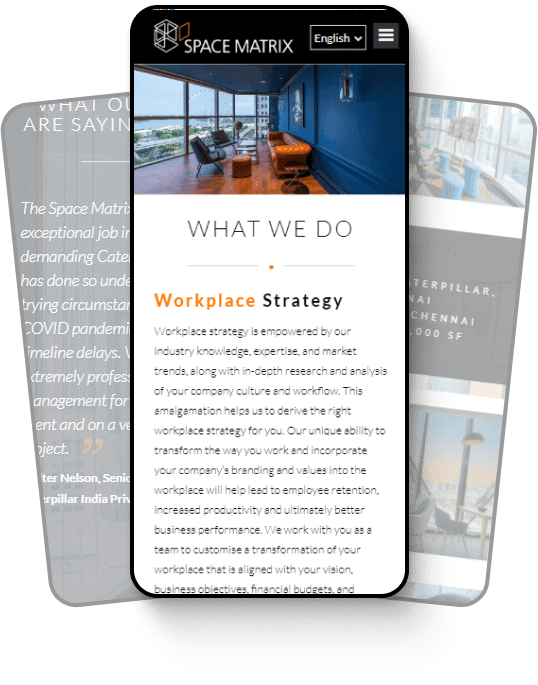
Next challenge was ensuring the security of critical data generated by IoT sensors. Need a method to prevent unauthorized access or data breaches.
OrangeMantra delivered deeply customized workspace management solutions for web, mobile, and tablet using a modern tech stack, including IoT, Beacons, Android, and iOS, enabling our client to thrive as a smart workspace solutions company globally. The connected workspace ecosystem solution let our client to deliver unique profitable, sustainable, and future-ready office ecosystems & thrive continuously in the smart workspace market. Also, it transforms legacy workspace into next-gen offices, which are advanced, enticing, and hassle-free for both employees & employers.
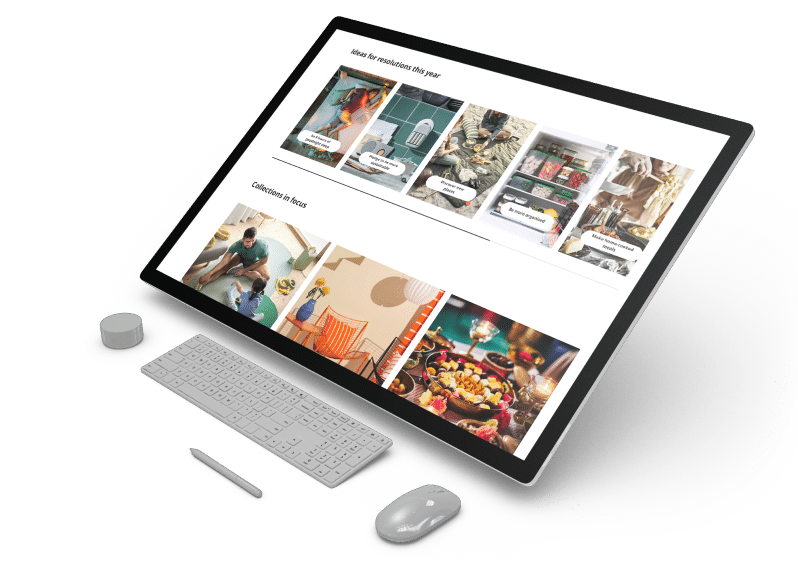
The presence of IoT application significantly improved workplace efficiency and resource allocation by sharing real-time insights within the space utilization.
Space Matrix experienced a notable reduction in energy consumption, contributing to sustainability goals with smart energy management feature in app.
The integration of IoT app and collaboration tools positively impacted employee satisfaction, building a more comfortable and efficient work environment.

